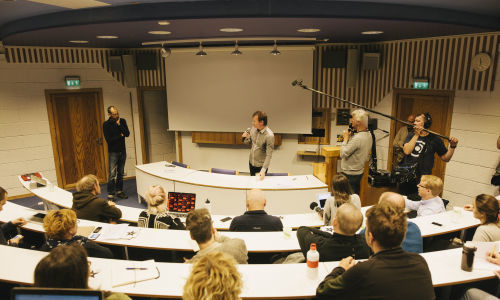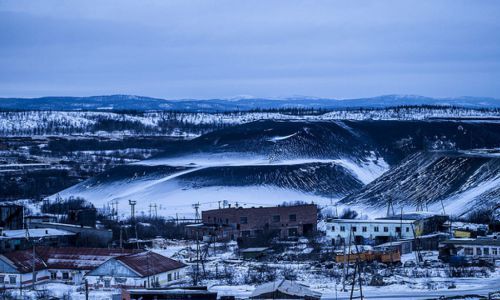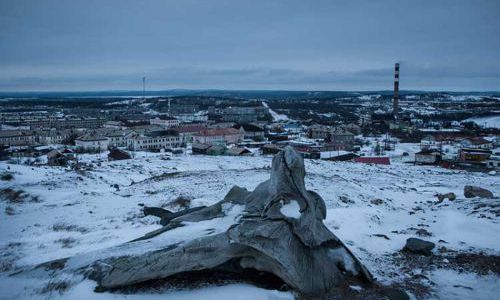Physical Narrative
Time's Up 'Near-future scenario'
1. April - 31. August 2016
Linz, Austria
The Physical Narrative is based upon a sketched near-future scenario on current developments with ocean pollution. The scenario imagines a decade time span with some critical juncture arising forcing a sudden banning of heavy oil driven ocean transport and the subsequent emergence of green transport.
The changes in JiT (just-in-time) and cheap transport forces the re-emergence of many manufacturing industries within Europe, the reduction of reliance upon far eastern manufacturers and the reimplementation of the clippers and other long distance sailing vessels.
The scenario was sketched in late 2015 with the transiencies that took place in Spring 2016 as a source for information, both on a factual level with visits to design studios and scientific practitioners as well as visits to groups active in the wind powered Fair Transport movement in order to explore the possibilities for timelines into the scenario.
This project page will be updated following the routes and documentations of the journey. What came after the journey, read on the "Pysical Narrative" project page.
'Loose Diary'
Playing with shadows
Posted on June 19, 2016 by timesuptina

It is ages since I have watched “The Cabinet of Dr. Caligari”. A movie produced in 1920, directed by Robert Wiene and written by Hans Janowitz and Carl Mayer. Film historically considered the quintessential work of German Expressionist cinema. Continue reading on Loose Diary >
Seaweed for dinner
Posted on May 31, 2016 by timesuptim

Our current future scenario includes ocean system collapse, where we note that the collapse tends to be on the large predator end of things, while, to a larger degree, the smaller and less carnivorous parts of the ecosystem are less impacted. So unduly large amounts of energy and time are currently spent hunting bluefin tuna for high paying sushi aficionados, while carp, jellyfish and seaweeds are left, in general, alone and are even regarded as plagues. This is, of course not quite true. In Unnatural history of the Sea, Callum Roberts talks about the way that overfishing can lead to a population boom of sea urchins, which then decimate seaweeds, leaving less space for young fish to hide while growing, allowing more sea urchins, etcetera. Our actions have repercussions, things are complex in the networks of ecosystems. Continue reading on Loose Diary >
Futuring Exercise on luxury in a climate changed world
Posted on April 21, 2016 by timesuptina

Over the last few months there has been a lot of “slow traveling” on our plates – transiencies as we call them (a term deriving from a former pan-European project we have been involved in: The Resilients). Residencies in motion, move and stop, stay a little while, gather impressions, information, opinions, anecdotes, voices and leave again, just to repeat the procedure of collecting more references on another place. “Data” collected during these transiencies includes, among so much other, inquiries on how possible futures are forecasted by marine biologists, ocean experts and carbon dioxide specialists as well as a range of experiences and challenges of currently active fair-transport and feral trade initiatives and activists. Continue reading on Loose Diary >
Design for and atmosphere in a possible future in a climate and system changed world
Posted on May 24, 2016 by timesuptina

As we have a preliminary skeleton of our possible future, some first, dominating values, beliefs and worldviews, as well as several institutions and organisations, inhabitants, residents and stakeholders, we are starting to sketch possible appearances of this conjectured future in a in a climate and system changed world. As our final objective is the translation of this process into a physical narrative.
We are entering that next process step with two rather simple questions: what tools, materials, machineries do the characters need for their existence and where do they operate, work and/or live? Continue reading on Loose Diary >
Character Development for a possible future in a climate and system changed world
Posted on May 15, 2016 by timesuptina

Here we are – facing a possible future (preferred even, if we disregard the fact of the environmental an societal disaster hits which have been the eventual triggered changes taken as the skeleton for our setting), based on a global public welfare economics and sustainability on all levels (economically, environmentally and socially). Continue reading on Loose Diary >
Possible fabulations in a climate and system changed future
Posted on May 8, 2016 by timesuptina

As mentioned in an earlier entry we are in the middle of sketching a possible, coming world. An insinuated future, taking a present state as well as currently visible developments into consideration and essentially shifting some of these todays axioms. Continue reading on Loose Diary >
Top photo: NASA Earth Observatory. Aerial photo of oil pollution from petroleum refineries and storage facilities along Lake Maracaibo, Venezuela (infrared photography)
From the Book
-
Dark Ecological Chocolate
Timothy Morton
Dark ecology starts off dark as in depressing. Then it becomes dark as in mysterious. Then it ends dark as in sweet dark chocolate. In this lecture I'm going to provide an experiential map of dark...
-
Nikel — The City as a Material
An interview with Tatjana Gorbachewskaja
Tatjana Gorbachewskaja is an architect who grew up in the Russian town Nikel, located in the far North near the Russian border with Norway. For Dark Ecology Project she researched the materials of...
-
What Is Dark Ecology?
Timothy Morton
In this essay, which draws on his book Dark Ecology, For a Logic of Coexistence, Timothy Morton — who originally coined the term dark ecology — explains what dark ecology is. He also argues how...



